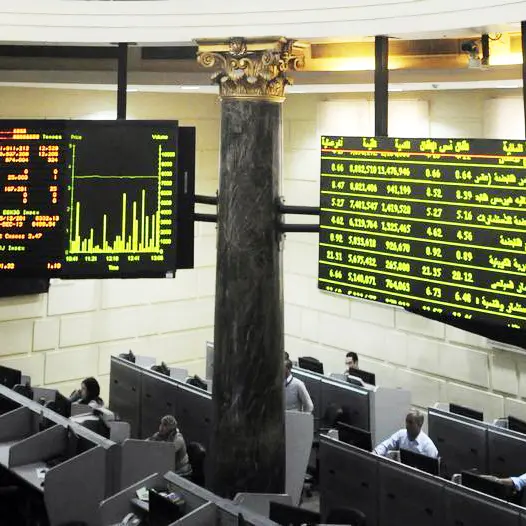PHOTO
Traders work on the floor at the New York Stock Exchange (NYSE) in New York City, U.S., June 14, 2024. REUTERS/Brendan McDermid
Global stocks retreated on Tuesday, surrendering earlier gains, as the uncertainty generated by the previous day's aggressive selloff weighed on investor sentiment, even though central bank officials said all the right things to soothe nerves.
The Nikkei's 10% rebound in Tokyo overnight delivered an initial sense of relief after the index's 12.4% drop on Monday - its biggest daily sell-off since the 1987 Black Monday crash.
European markets opened firmer, while U.S. stock futures pointed to a modest rise at the opening bell later on. But those gains proved fleeting, leaving the pan-European STOXX 600 index down 0.3% on the day and most major indices in the red by mid-morning in the region.
S&P 500 futures were up by just 0.3%, having risen earlier by as much as 1.7%, while Nasdaq futures were up 0.2%, having gained as much as 2.4%.
The S&P 500 lost 3% on Monday, while the Nasdaq slumped 3.43%, extending a recent sell-off as fears of a possible U.S. recession spooked global markets.
Yields on 10-year Treasury notes were back at 3.84%, having been as low as 3.667% at one stage.
"If you wake up in the morning to discover that Japan is down 10-12%, it’s going to scare the daylights out of the sanest person in the world, so it's understandable that people take flight," IG chief market strategist Chris Beauchamp said.
"On the flipside, I think people got a bit carried away yesterday and it always seems very dramatic at the time," he said. "It’s normal to see weakness this time of year. The question is - was that enough to reset markets or is there going to be more?"
Federal Reserve officials sought to reassure markets with San Francisco Fed President Mary Daly saying it was "extremely important" to prevent the labor market tipping into a downturn. Daly said her mind was open to cutting interest rates as necessary and policy needed to be proactive.
UNWINDING THE UNWINDING
The U-turn was evident in the currency market as well. The dollar was up just 0.3% against the Japanese yen at 144.62, having touched a session high of 146.36 overnight. It dropped 1.5% on Monday to as deep as 141.675.
The yen has shot higher in recent sessions as investors were squeezed out of carry trades, where they borrowed yen at low rates to buy higher yielding assets.
The dollar also pared gains versus the safe-haven Swiss franc, up 0.3% at 0.8544 francs, while sterling , which often benefits from investor risk appetite, fell 0.6% to $1.27005.
Treasury yields eged up, partly in reaction to a rebound in the U.S. ISM services index to 51.4 for July, but in line with the shift across other markets on Tuesday.
"Gauging the bottom of such historic selloffs is complicated and investors will most likely remain cautious before pouring capital back into equity markets," said Boris Kovacevic, Austria-based global macro strategist at payments firm Convera.
"However, the dollar-yen pair has now fallen 12% since peaking five weeks ago and is in highly oversold territory. The yen is therefore vulnerable to any upside surprises in U.S. macro data leading investors to reconsider the recession trade. This would help Japanese equities stabilize," he said.
Market expectations the Fed would cut by 50 basis points at its September meeting remained intact, with futures implying a 71% chance of such an outsized move.
The market has around 100 basis points of easing priced in for this year, and a similar amount for 2025.
In precious metals, gold bounced 0.3%, breaking into positive territory after a 1.5% decline the day before. It was last at $2,461 an ounce.
Oil prices fell, paring gains made earlier on heightened concerns of a wider conflict in the Middle East after news that several U.S. personnel were injured in an attack against a military base in Iraq.
Brent crude futures were last flat at $76.33 a barrel, having hit a seven-month low of $75.05 the day before.
(Additional eporting by Wayne Cole in Sydney and Rae Wee and Vidya Ranganathan in Singapore; Editing by Shri Navaratnam and Emelia Sithole-Matarise)




















